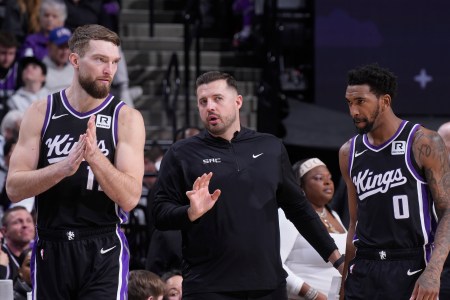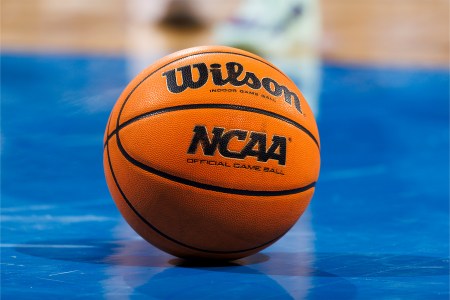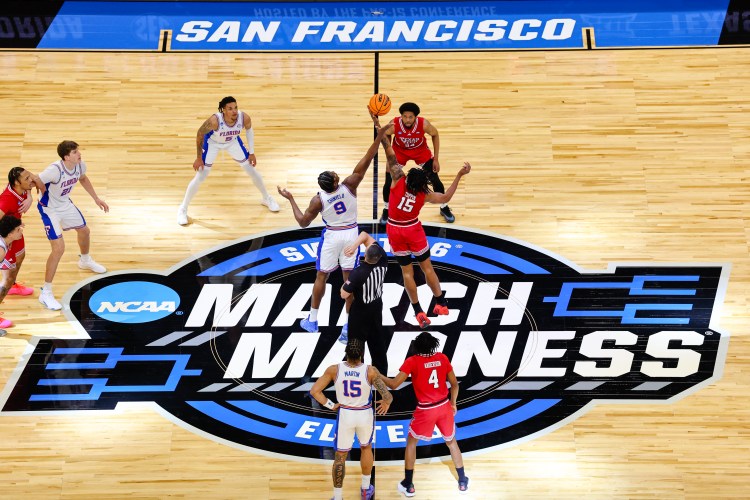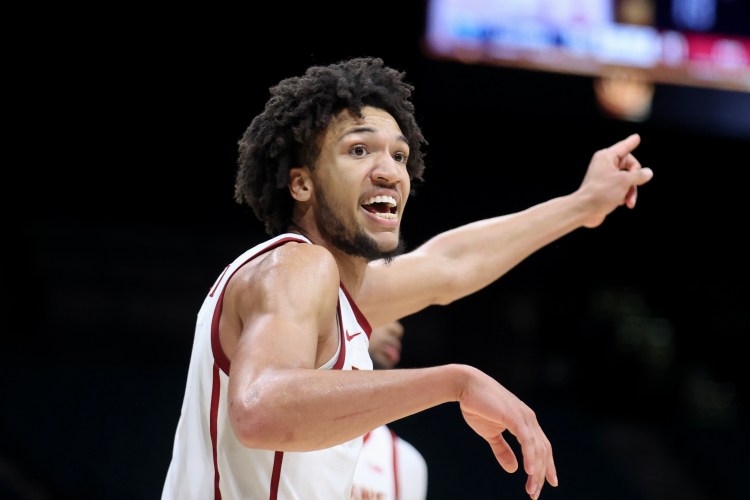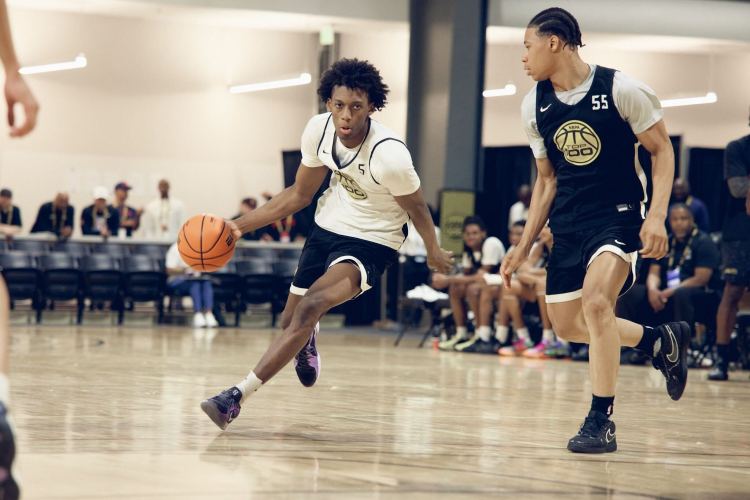Editor’s note: Darren Heitner is an attorney based in Fort Lauderdale who specializes in sports law. He is representing the six former Florida State basketball players who recently filed a lawsuit alleging that basketball coach Leonard Hamilton failed to ensure that his players were paid Name, Image and Likeness (NIL) money he had promised them.
The landscape of college sports is on the brink of seismic change, but don’t let the headlines fool you. While the proposed settlement in the House v. NCAA case promises a new era of revenue sharing for athletes — potentially up to $20.5 million per school starting in the 2025-26 athletic year — it also comes with a bitter catch. The powers that be in college sports are working overtime to ensure that this newfound financial freedom for athletes is as restricted as possible.
If the settlement is approved, athletes will once again find themselves squeezed by rules designed to limit the money flowing into their pockets. That’s because the major conferences want to tie NIL collective deals to third-party brands offering services to the public, a move that, alongside a potentially illegal revenue-sharing cap, could significantly reduce athlete compensation.
This settlement stems from a series of antitrust lawsuits that challenged the NCAA’s amateurism model, a relic of the past that kept athletes from earning a fair share of the billions generated by college sports. If Judge Claudia Wilken of the Northern District of California grants final approval, schools will be allowed to directly pay athletes through revenue sharing. The settlement sets a cap on these payments at roughly 22 percent of institutional revenue, translating to about $20.5 million in the first year.
On the surface, this sounds like a win for athletes. After all, direct payments from universities further mark the end of the NCAA’s century-old amateurism charade. But dig into the fine print, and you will see the NCAA and its conferences are already working to reclaim as much control as they can.
One of the most notable aspects of the proposed settlement is its impact on NIL collectives, those fan- and donor-driven organizations that have become a lifeline for athletes since the NCAA lifted its NIL restrictions in July 2021. They have also been a thorn in the NCAA’s side, often operating as a de facto pay-for-play mechanism that the NCAA cannot directly regulate.
The settlement, however, gives conferences a new weapon to rein them in. I have heard from multiple sources that major conferences intend to require NIL collective deals to be tied to a third-party brand offering services to the public. In other words, if a collective wants to pay an athlete for an appearance, autograph signing, or social media post, that deal must now involve a legitimate brand — think State Farm or a local car dealership — offering a tangible service or product.
On its face, this may sound reasonable. After all, wasn’t NIL supposed to be about athletes profiting from their personal brand through legitimate endorsements? But in practice, this rule is a blatant attempt to limit the money flowing to athletes.
Here’s why: Many collectives operate as a direct conduit for boosters to support athletes, often without the involvement of a third-party brand. A booster may contribute to a collective, which then pays an athlete $10,000 for a speaking engagement or a promotional post. Under the proposed rules, that same collective would need to find a brand to attach to the deal, adding a layer of complexity and cost. Smaller collectives, or those in less commercially appealing markets, may struggle to find brands willing to participate, effectively shutting down those deals altogether. The result? Less money for athletes.
The settlement’s revenue-sharing cap has its own set of issues. While $20.5 million sounds like a lot, it is a drop in the bucket compared to the revenue generated by top programs. Powerhouse schools like Alabama, Ohio State, and Texas regularly bring in over $200 million annually from their athletic departments. A $20.5 million cap means athletes are getting just a fraction of what they’re worth to these programs. Worse, this cap potentially creates a new antitrust violation as a solution to a pending antitrust lawsuit.
Professional sports leagues like the NFL and NBA have similar revenue-sharing models, but those are collectively bargained with players’ unions, making them exempt from antitrust scrutiny. College athletes, who lack a union, have no such protection.
The broader issue here is control. The NCAA and its conferences have spent decades building a system that maximizes their profits while keeping athletes on a tight leash. The rise of NIL and the House v. NCAA settlement threaten that control. By imposing restrictions on collectives and capping revenue sharing, the NCAA is trying to dictate the terms of this new era of college sports. It is a power play, plain and simple.
What is particularly frustrating is that the NCAA could take a different path. It could work with athletes to create a fair, transparent system that allows for true market compensation. Instead, it is doubling down on its playbook: restrict, control, and litigate. It is a losing strategy in the long run — athletes and their advocates will keep fighting, and the courts will keep siding with them — but in the short term, it is the athletes who will suffer.
As we await Judge Wilken’s final decision on the House v. NCAA settlement, one thing is clear: the fight for athlete compensation is far from over. The NCAA and its conferences may be forced to pay athletes directly, but they are doing everything in their power to ensure that pay is as limited as possible. The restrictions on NIL collectives are just the latest example of the NCAA’s unwillingness to let go of the past. College athletes deserve better.

